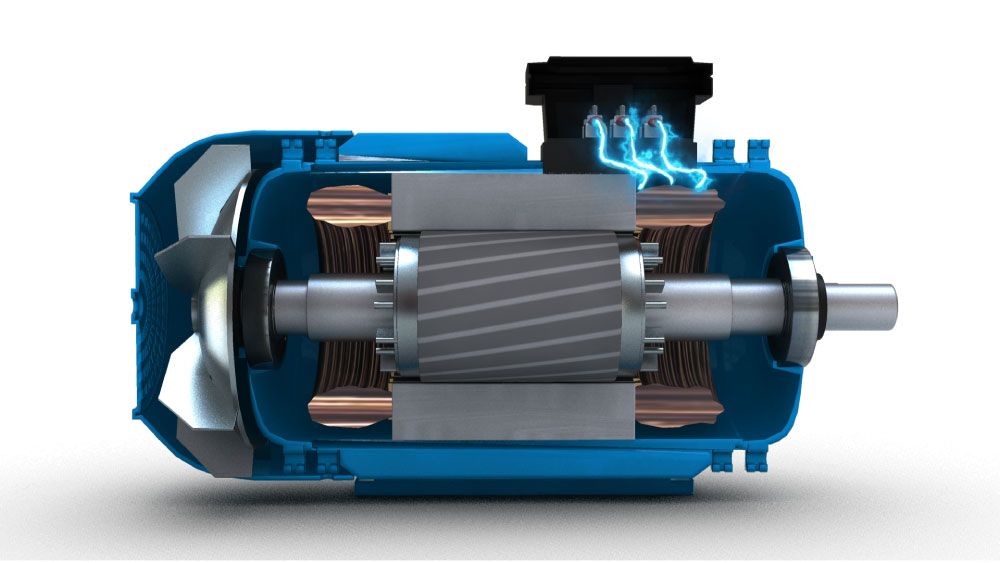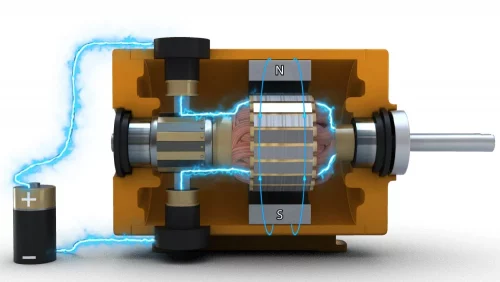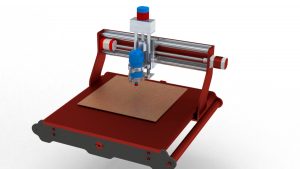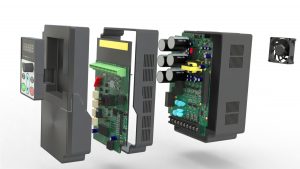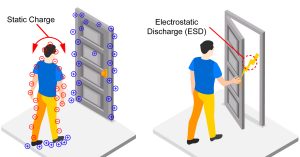Course Description
Electric Motor Fundamentals introduces learners to basic electrical concepts relevant to motors, the different types of electric motors and nameplates utilized in the industry, as well as common failure modes. This course depicts the inner workings of the various types of electric motors with in-depth animations and illustrations, as well as short GIFs portraying the different motor failures. The material in this course is beneficial for both those who contain some knowledge of electric motors, and those who are new to the industry.
Who will benefit from this Electric Motors course?
Quality, manufacturing, engineering, designing, purchasing, and sales functions at organizations that require an understanding of different types of electric motors and their applications.
Course Classification
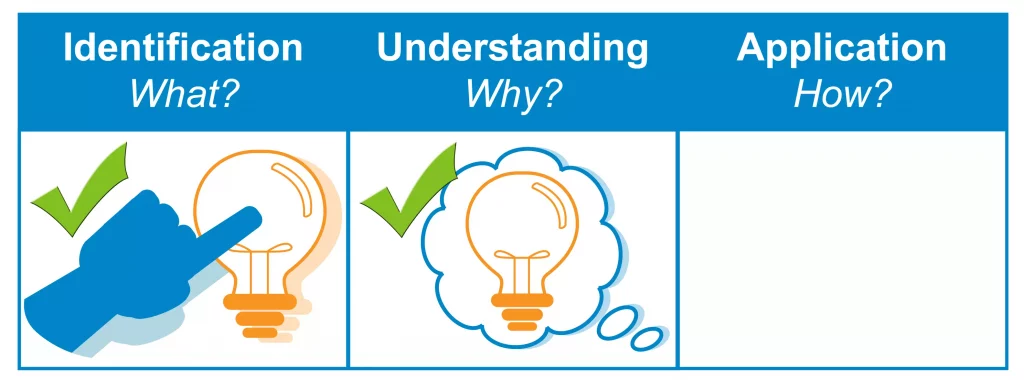
*THORS uses the Bloom’s Taxonomy Methodology for our course development.
Certificate Awarded for Electric Motor Fundamentals
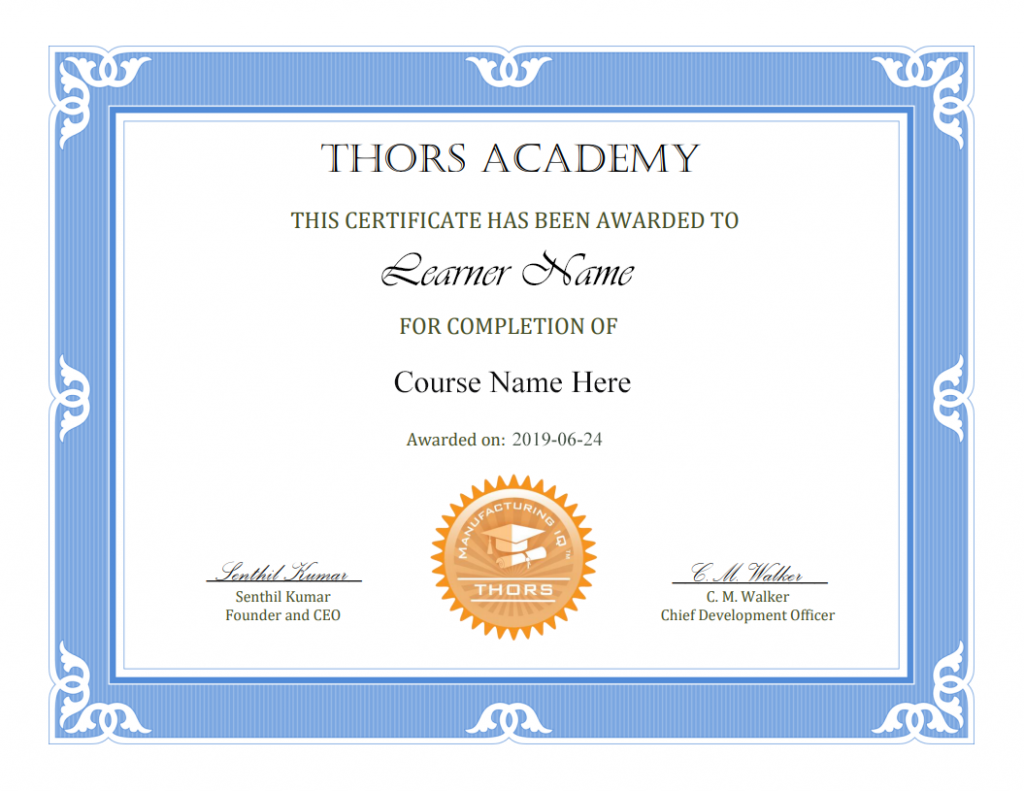
*upon successful completion
Related Posts

Certificate Programs vs Completion Certificates
Certificate programs and completion certificates are both types of educational programs that can provide valuable training and skills to individuals in a variety of fields.

How Does Your Television Respond to a Remote Control?
Have you ever wondered how your television understands and responds to the commands that are given to the remote control? Breaking apart a television remote

The Role of eLearning in Compliance Training
In today’s fast-changing business environment, effective compliance training is more crucial than ever. eLearning in compliance training has emerged as a powerful tool for ensuring

